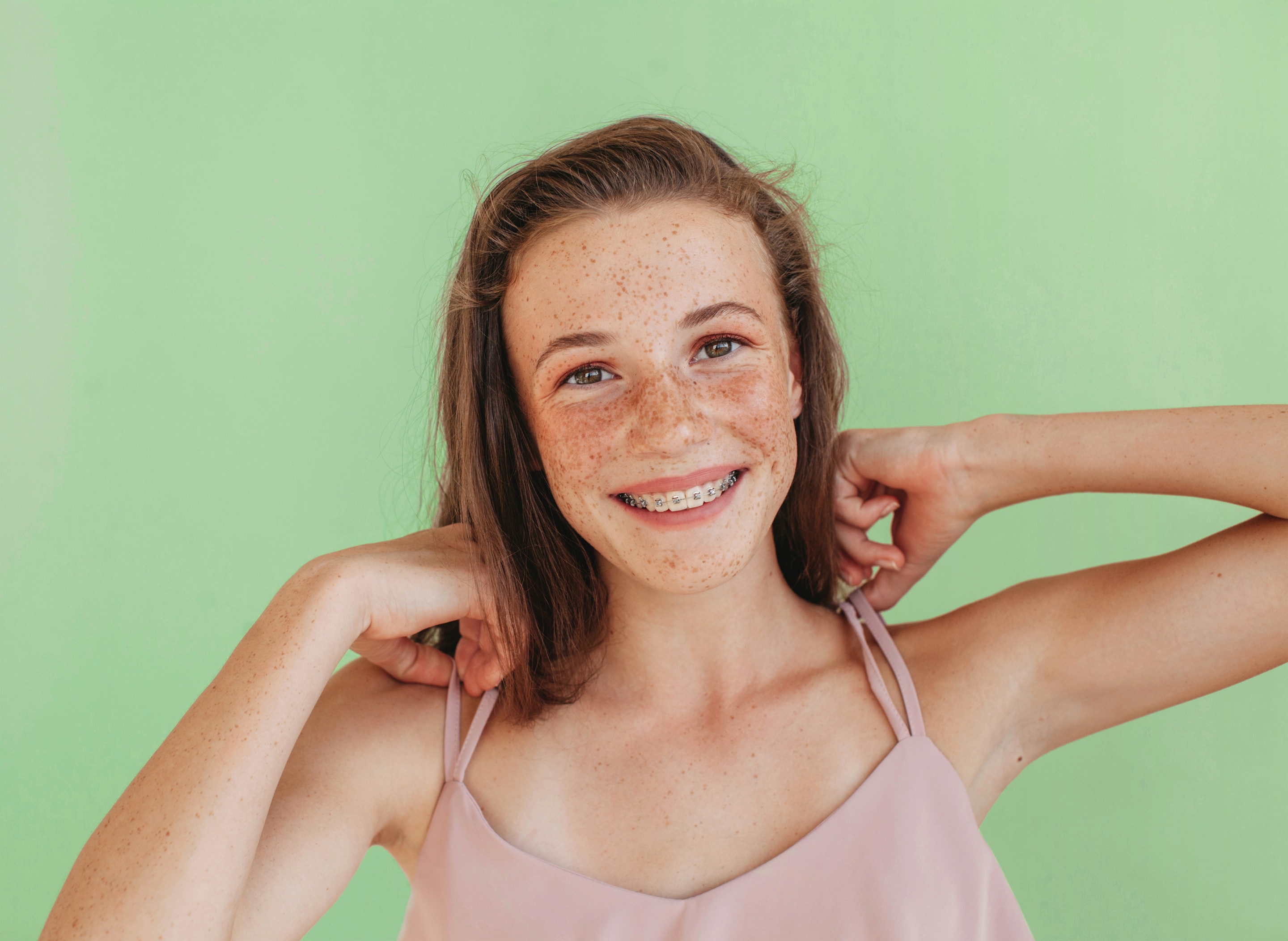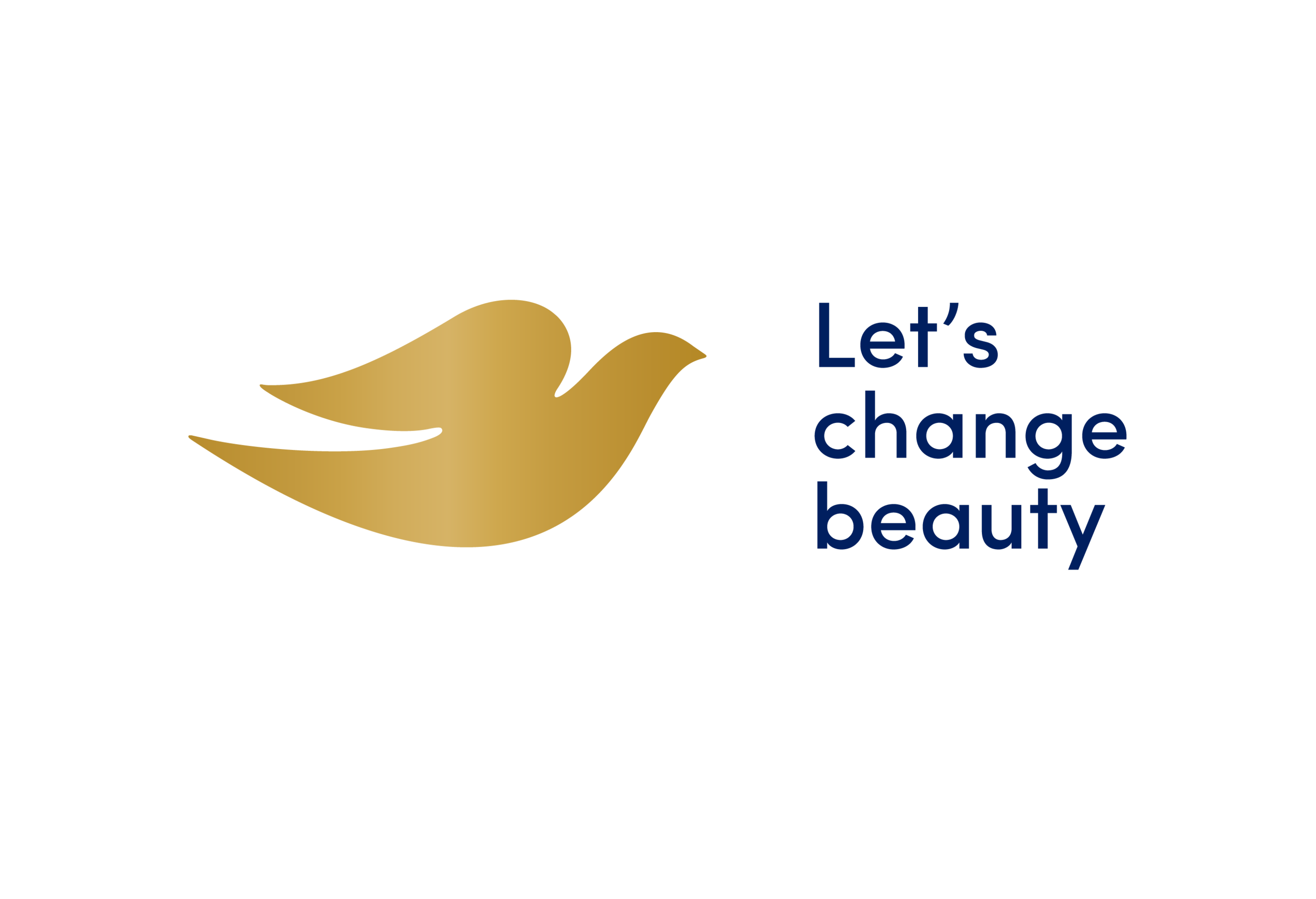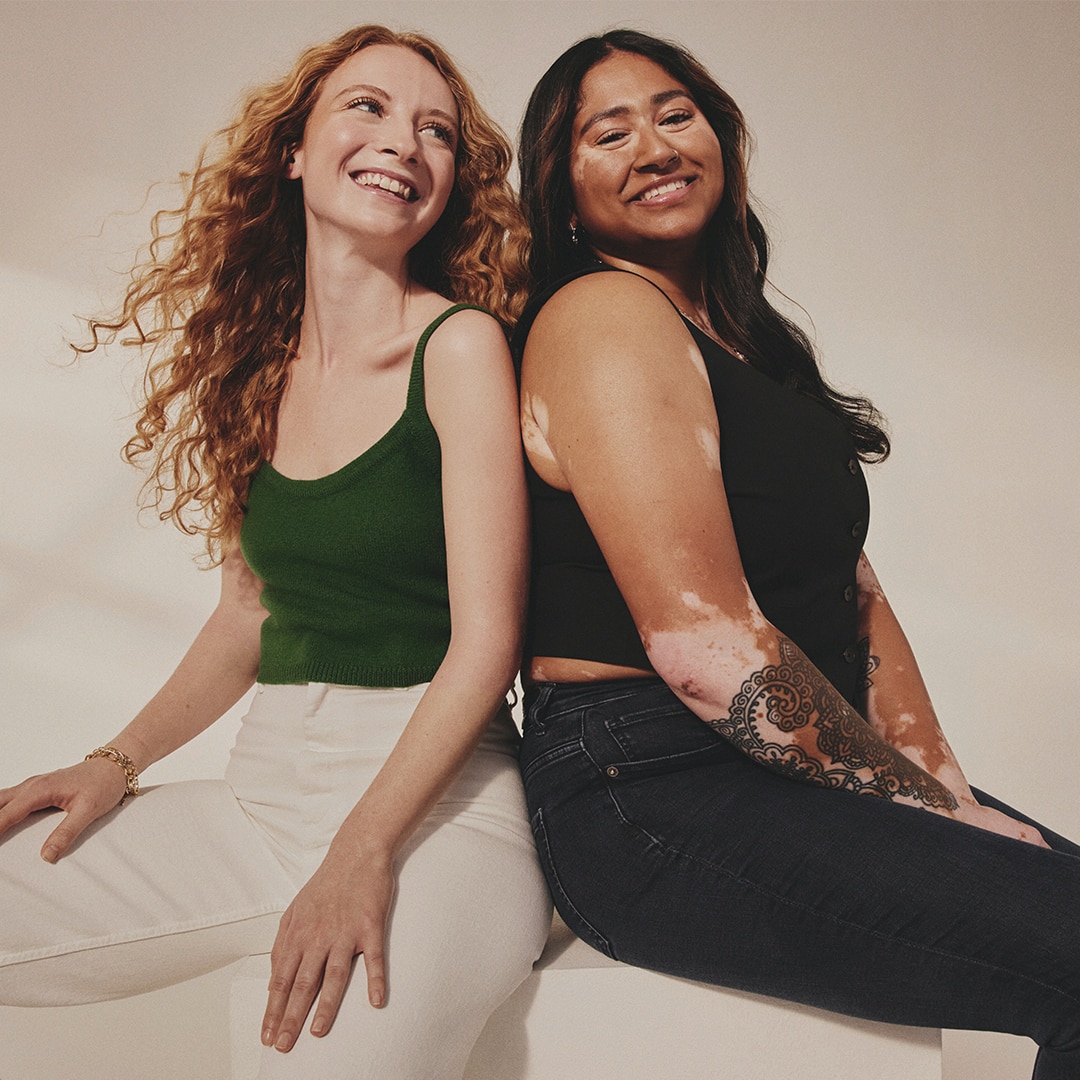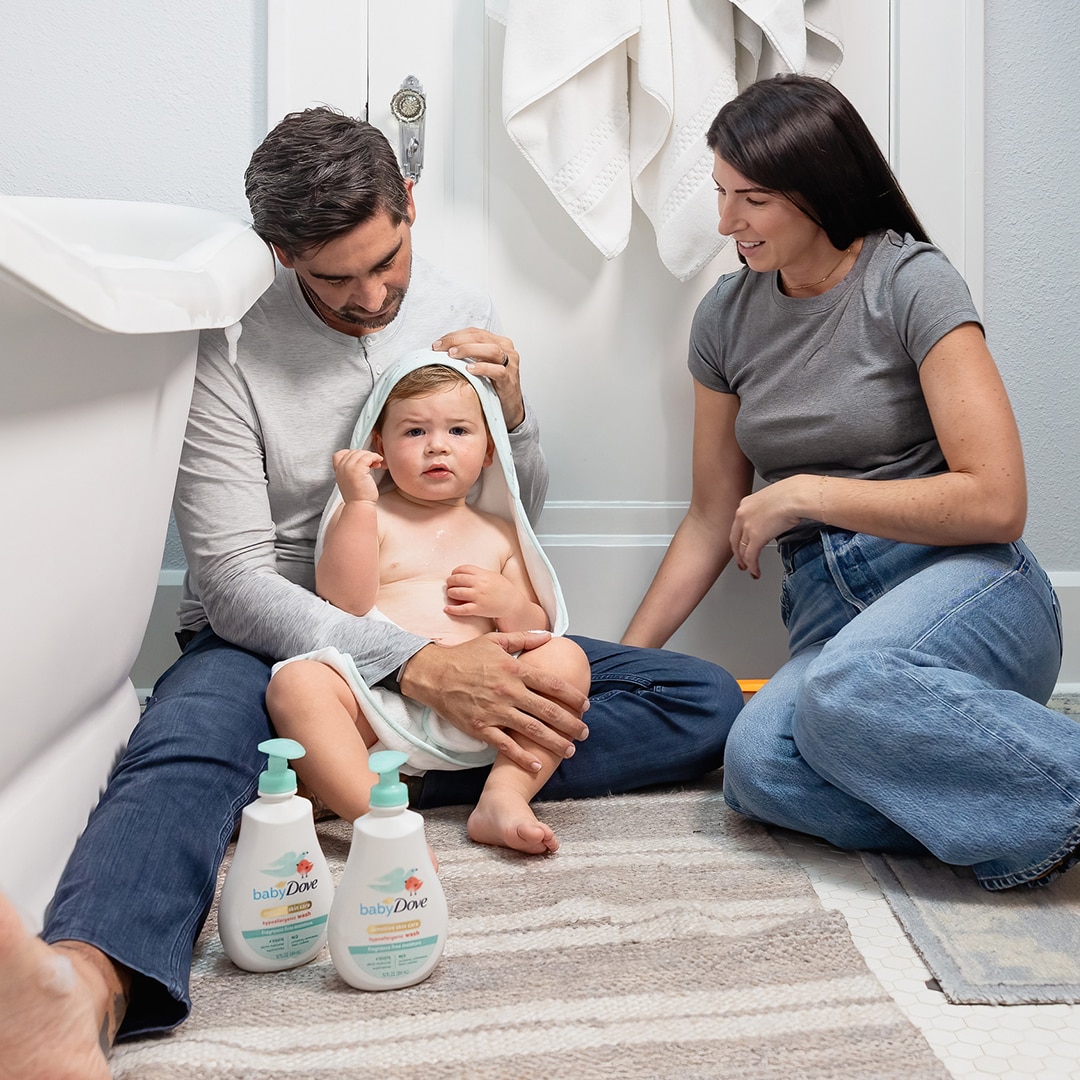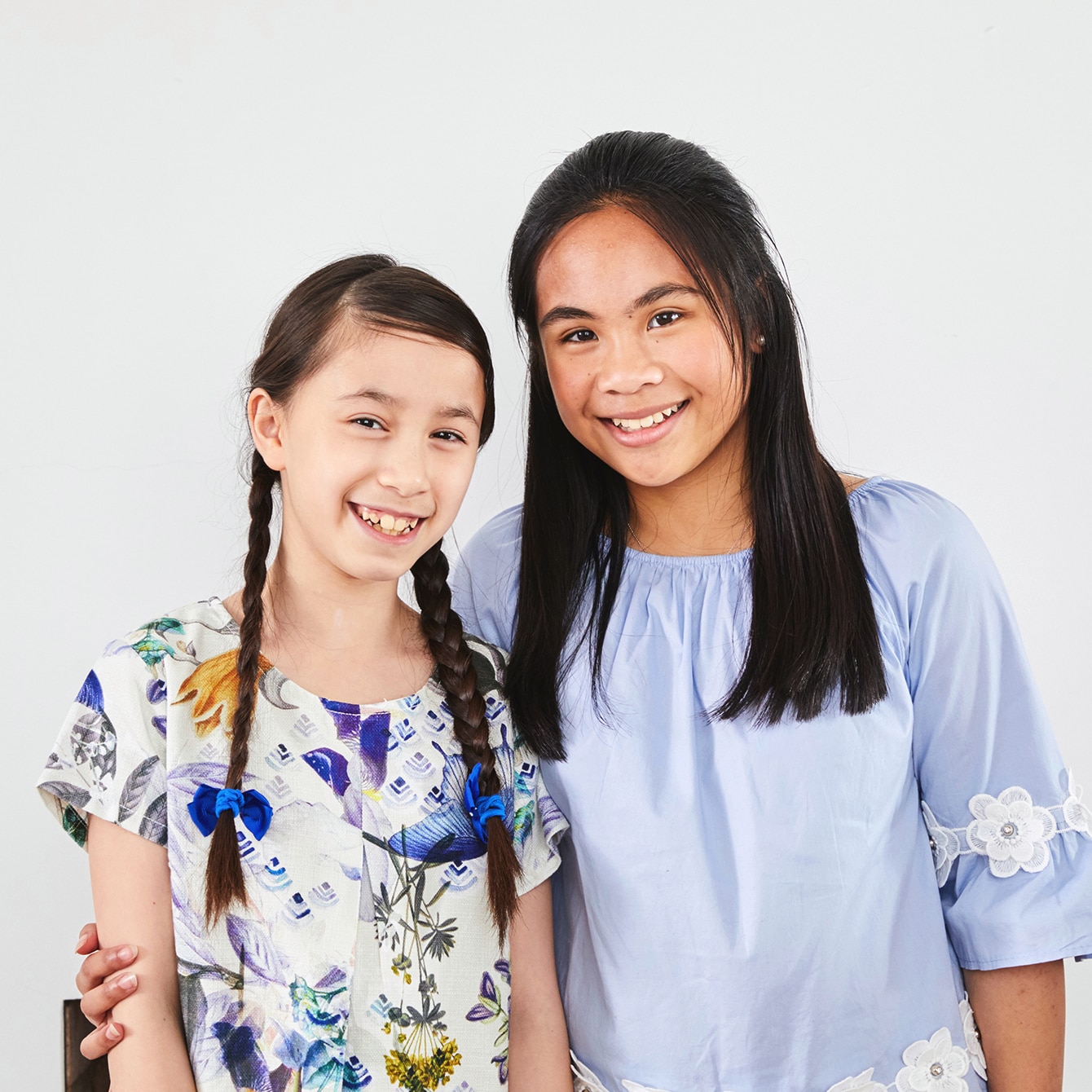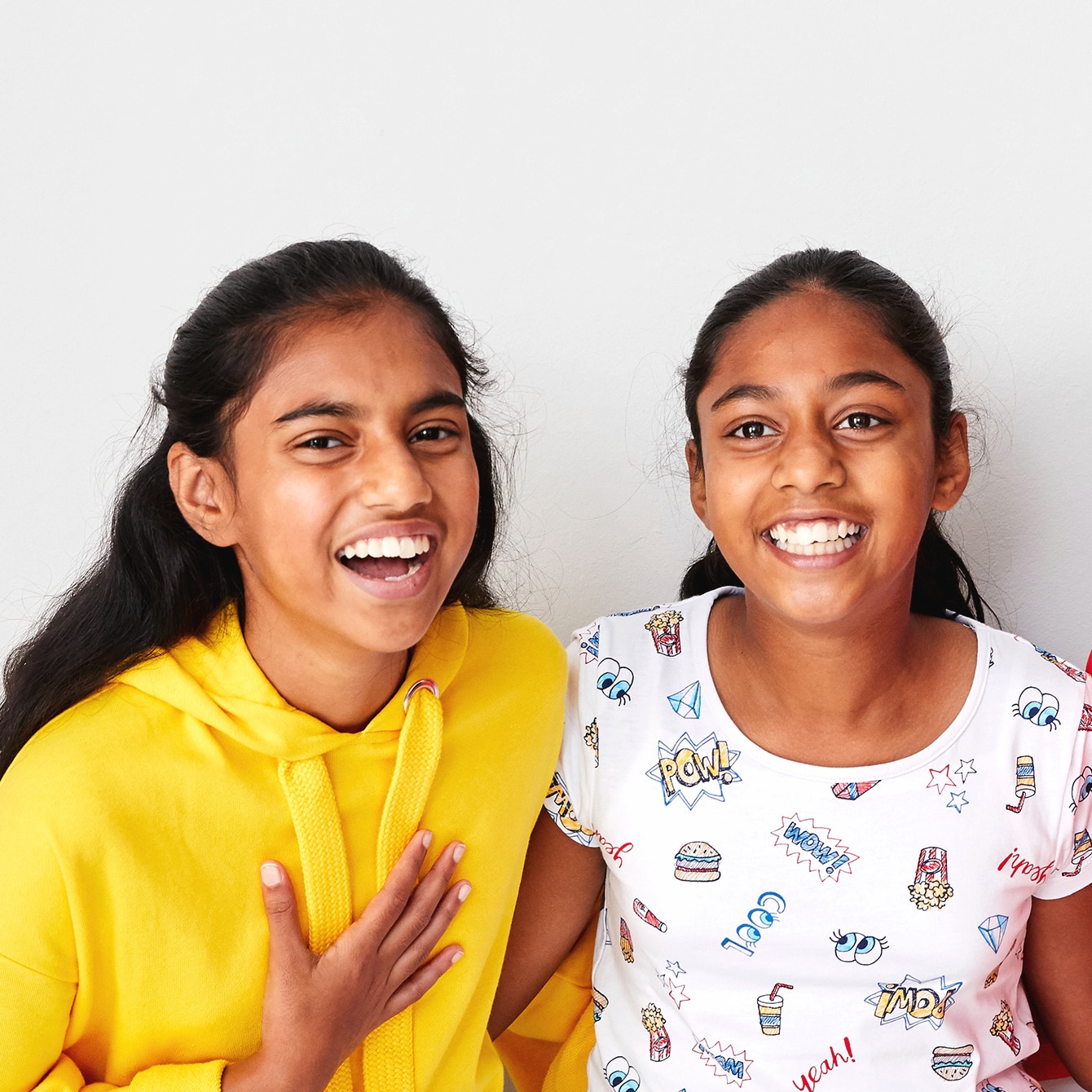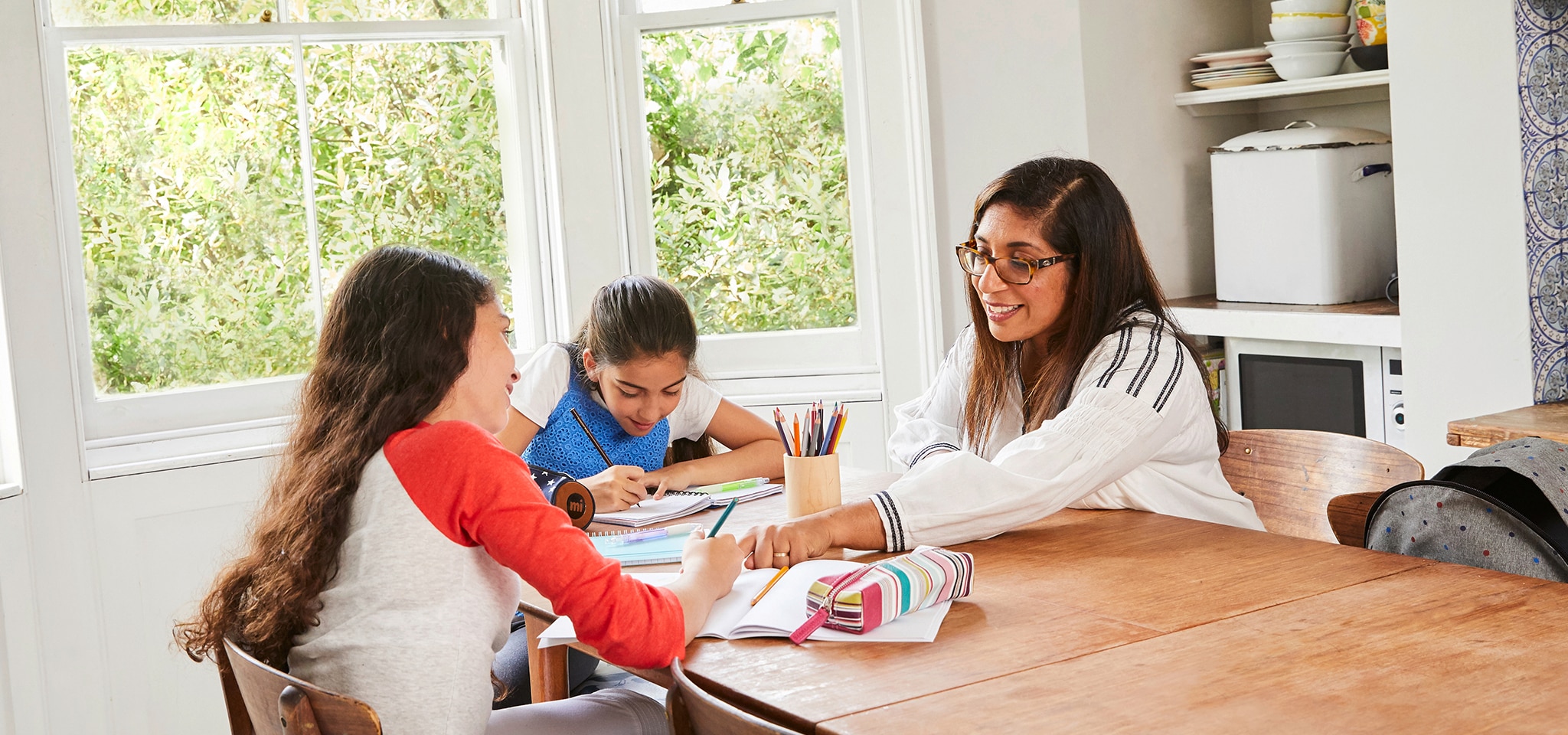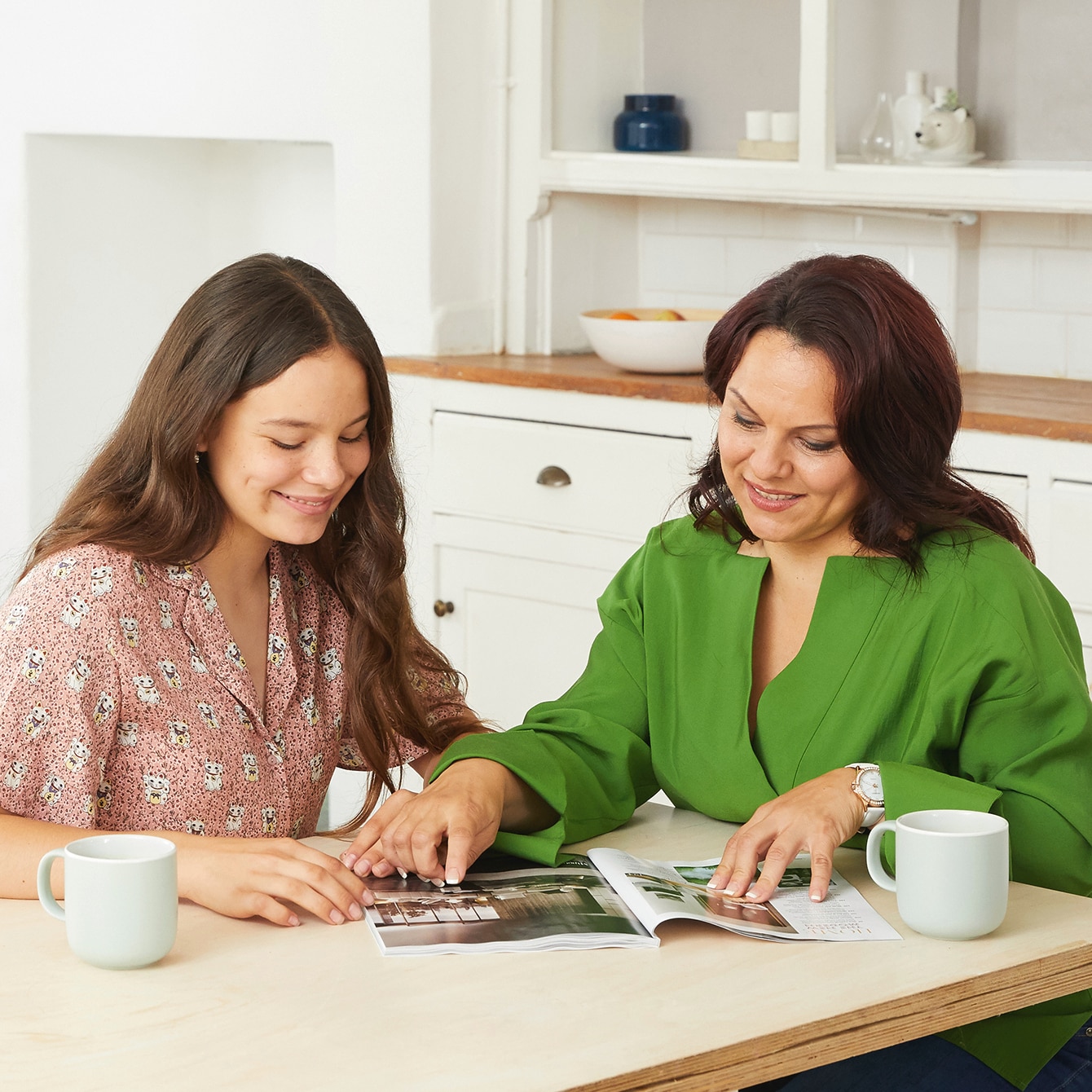Images of people in the media are manipulated so dramatically these days that it can feel like ‘beauty’ is less and less attainable. Help your child understand unrealistic beauty ideals, resist media influence and see the real picture.
Media influence on teenagers
Are you worried that your child’s expectations for their appearance are unrealistic? It’s hardly surprising. Today's young people are bombarded by thousands of advertising messages a day. These come not only via television and magazines but also websites, blogs, social media, infuencer’s sponsored ads, music videos, and films.
The way that people are portrayed in this advertising – both the words and the pictures – has a big impact on the way our children view themselves and who they aspire to be. Constant reinforcement of the “perfect” woman in the media directly impacts girls’ body confidence. Body Image research found that looking at magazines for just 60 minutes lowers self-esteem in over 80% of girls.
In a study published by Girlguiding UK (PDF), 61% of girls said that when women are portrayed through a sexual lens, it makes girls feel disempowered. And almost half of young women in the Pretty as a Picture (PDF) (1,991 KB) poll by UK think tank Credos agreed with the statement “seeing ads using thin models makes me feel more conscious of the way I look and makes me want to diet/lose weight.”
How image manipulation shifts our perception of beauty
The majority of photographs of women we see in the media are not only the result of clever makeup and lighting at photoshoots, but also digital distortion and social media filters that mimic unrealistic beauty ideals. The photos are so edited that even the women in the images don’t look like that in real life. Combined with headlines critical of “real” women who don’t match this unrealistic, enhanced image of beauty, and it’s easy to understand why girls aspire to achieve that ‘perfect’ airbrushed look.
Claire, mom of 14-year-old Aoife, says, “My daughter is constantly reading teen mags, and the girls they use always look so flawless. How am I supposed to reassure her about her own looks when she has that to compare herself to?”
Body image and the media – we want to look like ourselves
In its Pretty as a Picture (PDF) (1,991 KB) research, Credos asked young women to compare four different images of the same model, digitally distorted to change her shape. The majority (76%) preferred either the natural or lightly-retouched images over the heavily airbrushed ones. The 2016 Dove Global Beauty and Confidence Report found that 7 in 10 (69%) women and 6 in 10 (65%) girls believe the media and advertising set an unrealistic standard of beauty that most women can’t ever achieve.
By realizing that media images are frequently manipulated, and rarely representative of real, inclusive and diverse beauty, your child can start to think more critically about the media and protect their body confidence when viewing pictures of celebrities and models. Help them understand that they shouldn’t compare the way they look to the unrealistic, fake images they see in the media.
We’re on a mission to build confidence in young people. Use our action checklist to start a conversation about appearance today.
